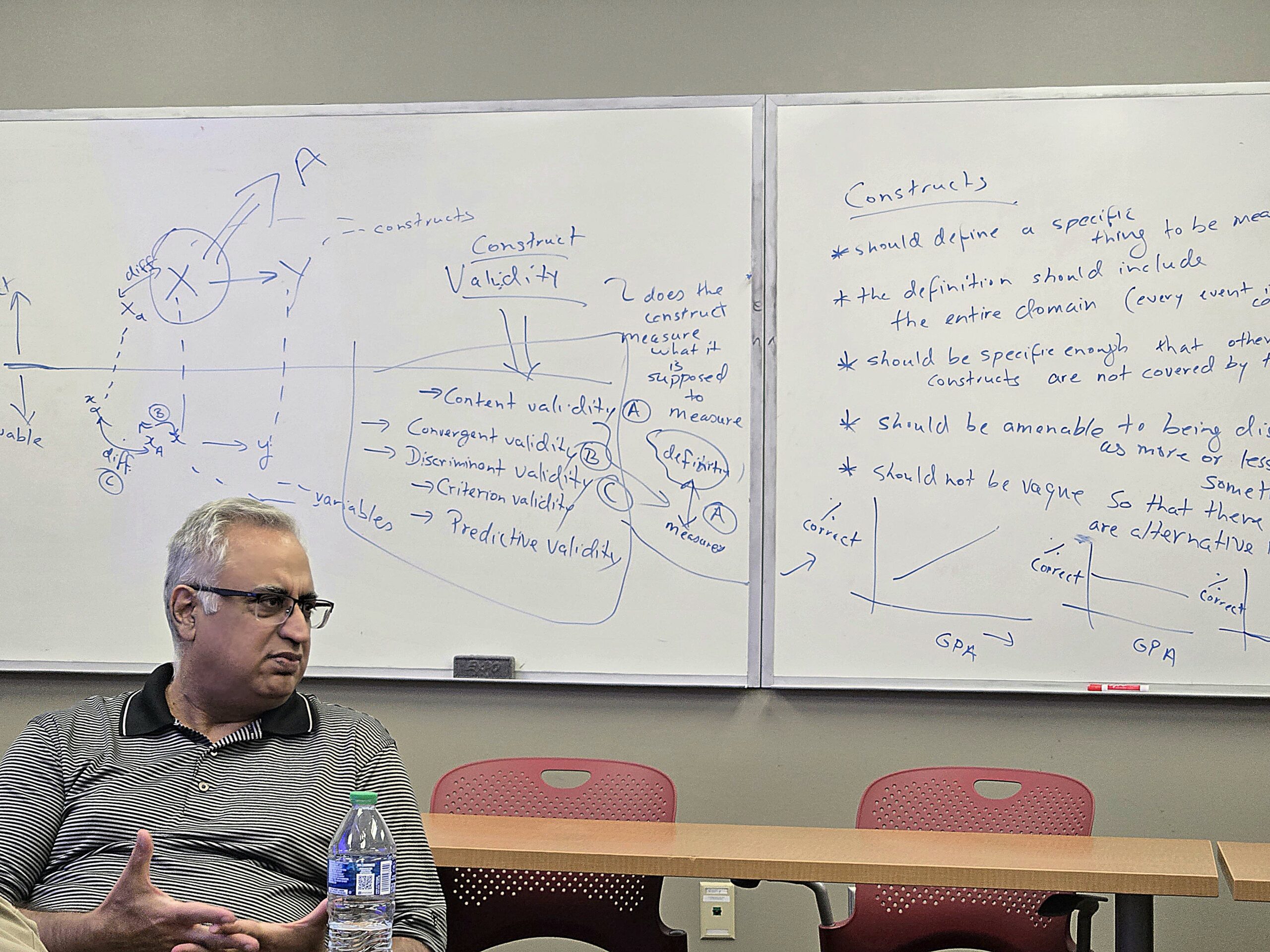In understanding the decision-making process around early retirement, Daniel C. Feldman’s paper, The Decision to Retire Early: A Review and Conceptualization, brings forward an implicit theory through which the constructs of perception, decision, and action interplay. This article draws from Image Theory to explain how individuals navigate their choices, guided by their mental representations of life post-retirement. (Class Administered by Prof. Varun Grover)
What is Image Theory?
At the core of Image Theory is the idea that individuals make decisions based on their mental images of the future. In the context of retirement, a person might visualize a peaceful life, imagining moments of relaxation, travel, or leisure in the Bahamas—sipping pina coladas, basking in the sun, free of the stresses of working life. This image influences the individual’s desire to retire early, shaping their decision-making process. Conversely, if someone pictures a more uncertain or worrisome future without work, they might decide against early retirement. Image Theory proposes that these images—conscious or subconscious—drive the course of action an individual chooses.
The Constructs of Theory: The What, How, and Why
To understand the implicit theory embedded in Feldman’s work, we need to break down the what, how, and why of theory:
- The What of Theory – Constructs:
The primary construct in this framework is perception of current and future images. These images can be about retirement or any significant life decision, but in this context, it revolves around the retirement decision. These images influence perceptions about how life might look post-retirement or continuing work. The decision to retire early or not is based on how one perceives their life unfolding in different scenarios. Thus, the individual’s current and future images become key constructs that represent their overall expectations and fears. - The How of Theory – Relationships:
The relationship between these constructs describes how perceptions of images lead to future decisions. For instance, an individual who has a positive image of life post-retirement is more likely to choose early retirement. The opposite is also true: a negative image of post-retirement could lead to the decision to delay or reject early retirement. The future course of action is based on how the individual configures these mental images. Essentially, the perception of current and future images informs decision-making, illustrating how theory operates in this context. - The Why of Theory – Mechanisms:
The reasoning, or why behind the theory, is where mechanisms like approach-avoidance conflict and the need to maintain a stable self-image come into play. The theory suggests that people make decisions that minimize inner conflict while maintaining a coherent sense of self. If the decision to retire leads to a negative self-image—perhaps envisioning a loss of control over life or reduced personal significance—an individual may decide to avoid retirement, despite any potential benefits. Similarly, if continuing work exacerbates physical ailments, as highlighted in the hypothesis about major physical illness leading to early retirement, the individual’s self-image is negatively impacted, pushing them towards early retirement. These mechanisms underpin the individual’s ultimate decision by addressing their inner motivations, fears, and desires.
Mechanisms Behind the Decision-Making Process
The approach-avoidance conflict is a key factor in understanding the mechanisms behind retirement decisions. This psychological phenomenon occurs when a decision presents both attractive and unattractive outcomes. For example, while the image of early retirement might offer the allure of relaxation and freedom, it can also bring fears of losing one’s purpose, social connections, or financial stability. The decision-making process becomes a matter of minimizing this internal conflict.
Another mechanism is the desire for control. Individuals are likely to choose the option that allows them to retain control over their lives. If one option seems to strip them of autonomy, whether in terms of financial security or personal well-being, they will gravitate towards the option that maintains or enhances their sense of control. This resonates deeply with the image theory’s emphasis on self-perception.
Theoretical Propositions: Moving Towards Generalization
As Feldman applies image theory to the context of retirement, it is clear that the theory is highly generalizable. The constructs, relationships, and mechanisms that apply to retirement decisions could easily apply to other life decisions. The theory’s ability to be extrapolated beyond its immediate context adds value to its application in various domains—be it employment transitions, health decisions, or personal life choices.
In retirement decisions, the theory allows us to predict that individuals with positive images of retirement (such as living a comfortable, leisurely life) are more likely to choose early retirement, while those with negative images (such as financial instability or boredom) may delay retirement. This logic holds even when considering environmental factors (such as organizational support for retirement) or individual factors (like health status), as these variables influence the images individuals form.
Conclusion
The application of Image Theory in the early retirement decision-making process provides a lens through which we can understand how constructs of perception, relationships, and internal motivations guide choices. The implicit theory within Feldman’s work highlights how individuals mentally construct their future, then act on these images to minimize inner conflict and maintain a positive self-image. By breaking down the what, how, and why of theory, we can see its broader implications not only for retirement decisions but for understanding human decision-making in general.
The-Decision-to-Retire-Early-Review-and-Conceptualization









Leave a Reply